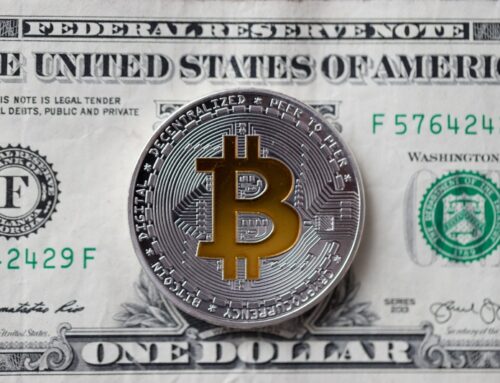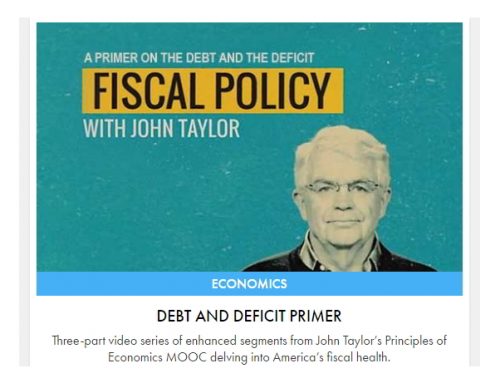Congressional intransigence in dealing with the budget deficits + the past three decades of Federal Reserve credit bubble-blowing = the Financial Times quotes an analyst for RBC Capital Markets thus:
- “Dollar bears have become a marauding horde,” said David Watt, analyst at RBC Capital Markets.
- “We may be seeing a turn in the longer-term outlook for the dollar – for the worse,” said Kit Juckes, head of FX strategy at Société Générale. He said the US Federal Reserve was likely to react more dovishly to a supply-side inflationary shock caused by rising oil prices than other central banks.
The relationship between Congress and the Fed is not a healthy one. They are fully co-dependent. Congress relies on the Fed to blow credit bubbles, keeping tax revenues high to fund the welfare/warfare state. The Fed relies on Congress to provide it cover, keeping its operations hidden from the public so that it can skim wealth from the U.S. economy and funnel it to its member banks. Everyone knew the scheme couldn’t go on forever, they all merely hoped it wouldn’t blow up on their watch. If they DIDN’T know that, then they are monumentally stupid, because they were warned years ago.
Remember the 70’s? I do. Nixon’s Fed was printing money like mad to fund the VietNam war. Nixon removed the U.S. from the international gold standard by ending convertibility of dollars into gold in 1971. Chaos quickly ensued. Gold started the 70’s at $42 an ounce and went as high as $850. Oil went from $4 per barrel to $40, then settled at $20. Food prices skyrocketed. A large chunk of the middle class was wiped out. Numerous wars broke out. Then the Petrodollar emerged, Fed Chairman Volcker doubled interest rates, and the dollar strengthened.
Now, about that warning:
“…the recurrence of periods of boom which are followed by periods of depression, is the unavoidable outcome of the attempts, repeated again and again, to lower the gross market rate of interest by means of credit expansion. There is no means of avoiding the final collapse of a boom brought about by credit expansion. The alternative is only whether the crisis should come sooner as the result of a voluntary abandonment of further credit expansion, or later as a final and total catastrophe of the currency system involved.”
– Ludwig von Mises, writing in Human Action, 1949
We have a lot more debt now than we did in the 70’s. Let’s look at our exposure to short term rates. According to my crude calculations, the U.S. government has about $2.5 Trillion in Treasuries that mature within 1 year, and another $1.2 Trillion that matures in 1 to 2 years, for a net $3.7 Trillion in debt that has to be re-financed in the next two years. As we are unable to cut our deficit, to that we must add $1.5 Trillion deficits over the next two years, for a grand total of $6.7 Trillion in debt that must be either financed or refinanced over the near term, within two years. This is a rough calculation of our exposure to interest rate fluctuations. Short term rates (1 year maturity) are currently at about 0.29%. Some simple math gives us this result: $6.7 Trillion financed at 0.29 percent means we are paying a paltry $19.4 Billion interest annually. If interest rates rise to their 1979 average of, say 10%, instead we will be forced to pay $670 Billion interest annually on just this short term debt. Math is fun! BTW, the defense budget for 2010 is about $660 Billion.
The only reason interest rates are this low is because of the Fed’s Quantitative Easing. So I ask you: is QE going to end in June as scheduled? Will Congress grow a pair and slash spending? Will oil prices come down? Has the run on the dollar finally begun?






